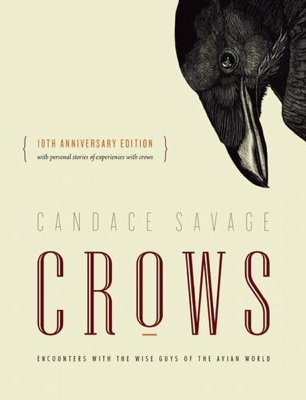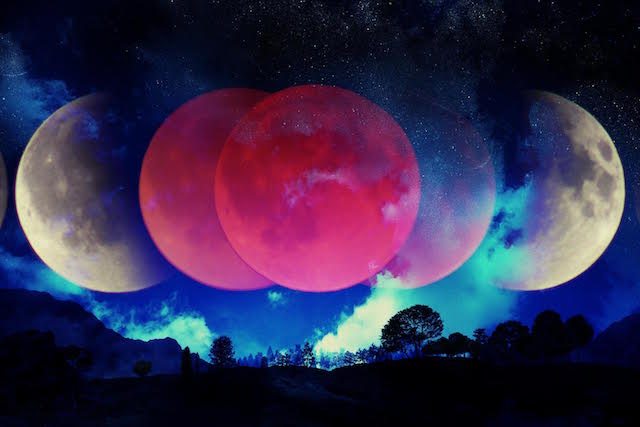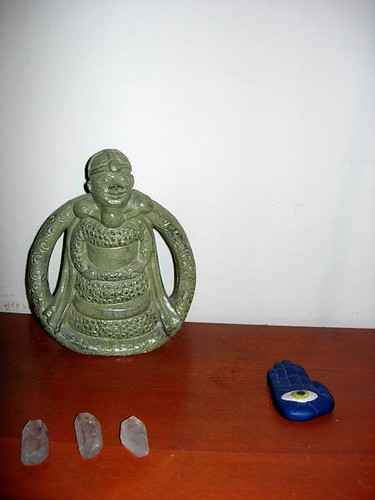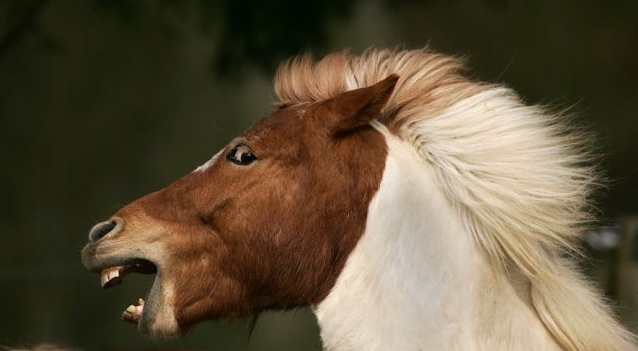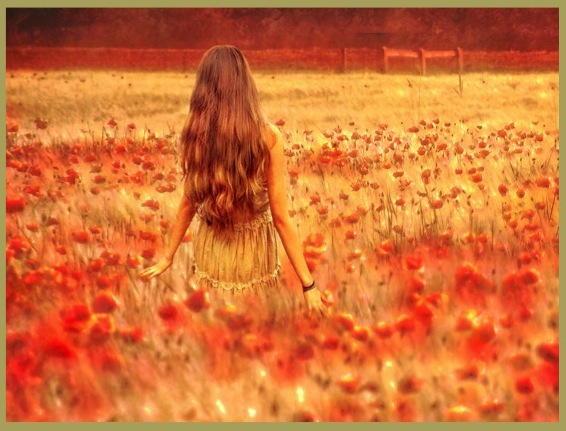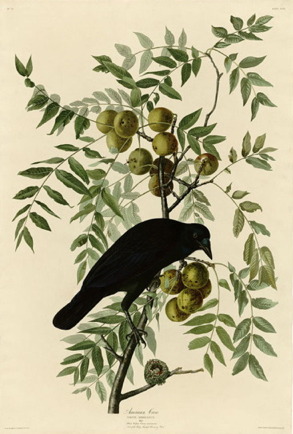
I love crows. I’m fascinated by them, although I never lose track of the fact that although they are intelligent and amazing animals, they are wild, and they are predators as well as scavengers. They survive in the real world any way they can—picking up road kill and pet food left outside, catching smaller birds and critters to eat. Whatever it takes.
In mythology, crows are often trickster deities. As the name implies, these deities exist to play tricks on humankind, but the tricks have a deeper meaning. They put people on alert to the shifting nature of reality, reminding them not to get so caught up in the surface of things, to not always believe what your eyes tell you. Beware. Be smart. Do what needs to be done. That’s how you survive.
♣
It’s a tricky business when a human strikes a deal with a trickster. You may get what you asked for, but it won’t necessarily be in a form that’s any good to you, or it may come at a time when you no longer want it or need it. Knowing this, I saw a crow outside my window one day at work and thought how lovely one of his shiny black feathers would be in an art piece I was working on. So I thought, what the hell? I’ll ask him. (In my mind, of course, so my officemate wouldn’t think I was crazier than she already thought.)
“Mr. Crow, I would like one of your shiny black feathers to use in an art piece. If you agree to send me a feather, I will burn sage and juniper leaves in your honor.”
I waited for my feather. At lunchtime I even walked beneath his tree looking for it. No feather. I laughed at myself, but that night I burned the sage and juniper anyway. No feather. I stopped looking for it.
About three weeks later I was driving down the busy thoroughfare of Olympic Boulevard, late to a doctor’s appointment I absolutely had to make. The boulevard has a wide, parklike strip of green down the middle dividing the eastbound and westbound traffic, but absolutely no parking on that section of the street. I pulled to a stop at a light, not thinking about anything in particular except how late I was and what a hurry I was in. The light turned green and I stepped on the gas—and at just that moment a lovely, shiny black crow feather seemed to appear out of nowhere, blowing along the green strip of grass just beside my car.
In about five seconds flat I had a decision to make: do I stop the car in the intersection and run after the feather, provoking outrage in the cars behind me; or go east to the nearest turn around, come back and search for the feather, provoking the drivers on that side of the boulevard; or do I let the feather go and proceed to my appointment? Most people who have heard this story say at this point, “You should have stopped for the feather!” But in the seconds required to make my decision, I had an epiphany. I had to let the feather go. It was not that I had asked too much of Mr. Crow. He had been willing to give the feather, but wanted me to appreciate his cosmic joke. It was as if he said, “You make the decision whether you want to live in the world, or in the spirit world. The choice is yours, and my feather is the symbol.” On this day, I chose to live in the world, and continued on to my doctor’s appointment.
I laughed long and hard at the splendid joke I’d played on myself. The trickster cannot trick us unless we are willing participants. We are the ultimate cosmic jokers on ourselves. In the years since, I’ve also realized the other part of this lesson is that we sometimes have to let go of our notion that we can control life, nature, the randomness of events. . . anything, really. If we’re going to keep our sanity, we have to reconcile ourselves to this fundamental lack of power, and learn to live with life’s basic unpredictability. We have to be careful not to buy into the illusion of the world, of controlling and bending nature (life) to our will.
♣
And so there came a day I told this story to F. while walking back to Avalon from the Wrigley Monument on Santa Catalina Island. She appreciated the irony and we laughed a great deal when I got to the part where the feather blew in front of my car and I had to leave. At that precise moment, the crows in the eucalyptus trees lining our path joined in, breaking into a loud and raucous cawing as we passed.
♣
And so there came another day when I realized once and for all that a relationship had ended. It was a painful ending to an association that never stood much of a chance, but I’d walked into it with eyes wide shut, believing I could make of it what it wasn’t. On that day, I knew I had to give it up, that it had never really been mine. As I walked back to my car, I thought about the lessons of the tricksters and how very badly I had fooled myself. There on the ground, centered just behind my car’s back bumper, was a lovely, shining black crow feather.


